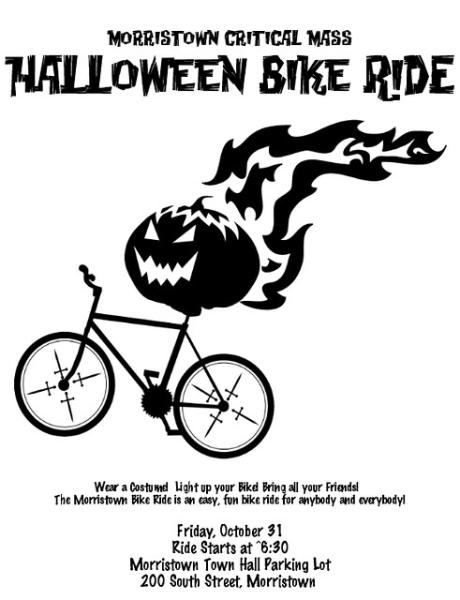“Effective dissemination of public health messages may need to focus on a few, powerful, easily understood, uncontentious pieces of advice. For example, uncontested, major recommendations include the following: do not smoke (or quit smoking), exercise regularly, do not eat too much, do not become obese, do not drink alcohol in excess, and sleep well.”
From JAMA, a short viewpoint, Neglecting Major Health Problems and Broadcasting Minor, Uncertain Issues in Lifestyle Science by John Ioannidis, MD, a physician who studies research and is leading the way forward in debunking junk science. Not familiar with Dr. Ioannidis, then you might consider this article from Vanity Fair, Lies, Damned Lies, and Medical Science.
While I have a definite political point of view, I try not to allow it to seep into my writing. When it does, I try to make sure it is recognized as opinion, not fact. But I ran across this column by Ross Douthat in the New York Times and thought it applied to both sides of the aisle.
“The anthropologically inclined can approach the book as a portrait of a lost hominid subspecies, complete with its own mythology and linguistic tics, and gradually accustom themselves to the references to hind legs, ears and burrows. The religious can just approach it as an extended parable. The ecologically minded can come for the very English style of environmentalism, the lyrical depiction of the natural world, the evocation of nature’s harsh harmonies and the dissonant cruelty of humankind.”
Oh yes, the referenced book, Water Ship Down. Here is Douthat’s column, ‘Watership Down’ and the Crisis of Liberalism.
“An op-ed on Oct. 28, 1970, in The New York Times suggested the possibility of strangers using Halloween’s “trick-or-treat” tradition to poison children. The editorial mentioned two unconfirmed incidents in upstate New York and offered a series of frightening rhetorical questions. The author, Judy Klemesrud, wondered, for example, if that “plump red apple” from the “kindly old lady down the block…may have a razor blade hidden inside.”
Halloween is almost upon us. For those of us writing, it is a time to dust off a story about the rising cost of candy or, better yet, the perennial fear of razor blades and poison. W. Scott Poole, a professor of history, has beat us all to the punch with an article from The Conversation When Halloween became America’s most dangerous holiday.
“The fatality rate per 100 million vehicle miles traveled also decreased by 3.4 percent, from 1.17 in 2017 to 1.13 in 2018. The NHTSA says it is the lowest fatality rate since 2014. That all sounds encouraging, but it’s really only good news for those of us driving or riding in cars. Everyone else, especially vulnerable road users like pedestrians and bicyclists, is being killed at an alarming rate. The number of pedestrians killed — 6,283, an increase of 3.4 percent from the previous year — was the highest such number since 1990.”
From the Verge, Drivers Killed the Most Pedestrians and Bicyclists in Almost 30 years. First, a nod to Tyler Cowen’s The Marginal Economist for pointing me at the article. He wrote the title should be “Pedestrians are Getting Worse.” And while the article doesn’t delve deeply, all of us that walk in cities have got to be noticing the increasing rate of distracted walking as people stare at those cellphones. I would add that as an occasional pedestrian in NYC, I am far more afraid of bicyclists running me over than cars. For the most part, cars follow the rules I know, a lot of bicyclists do as they wish.




